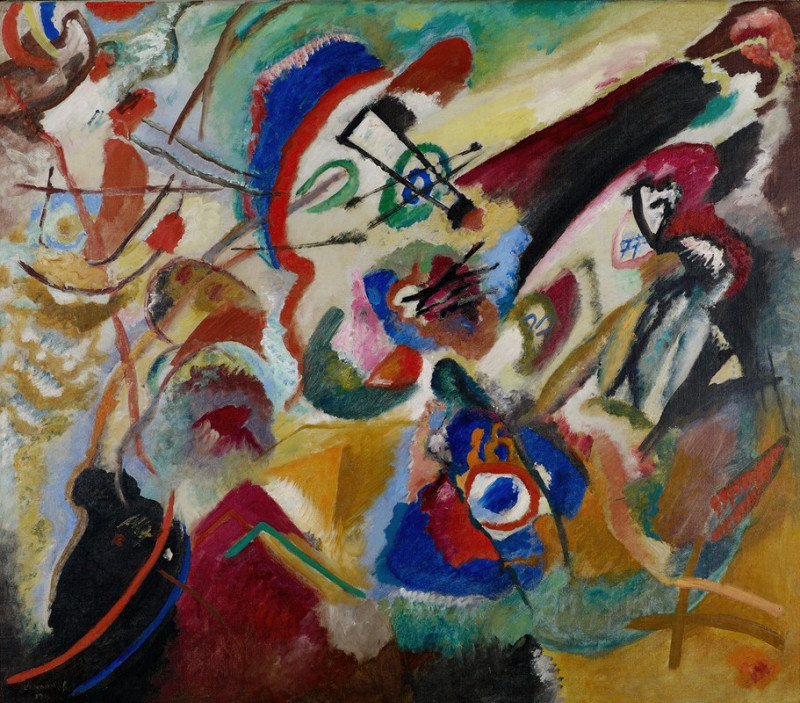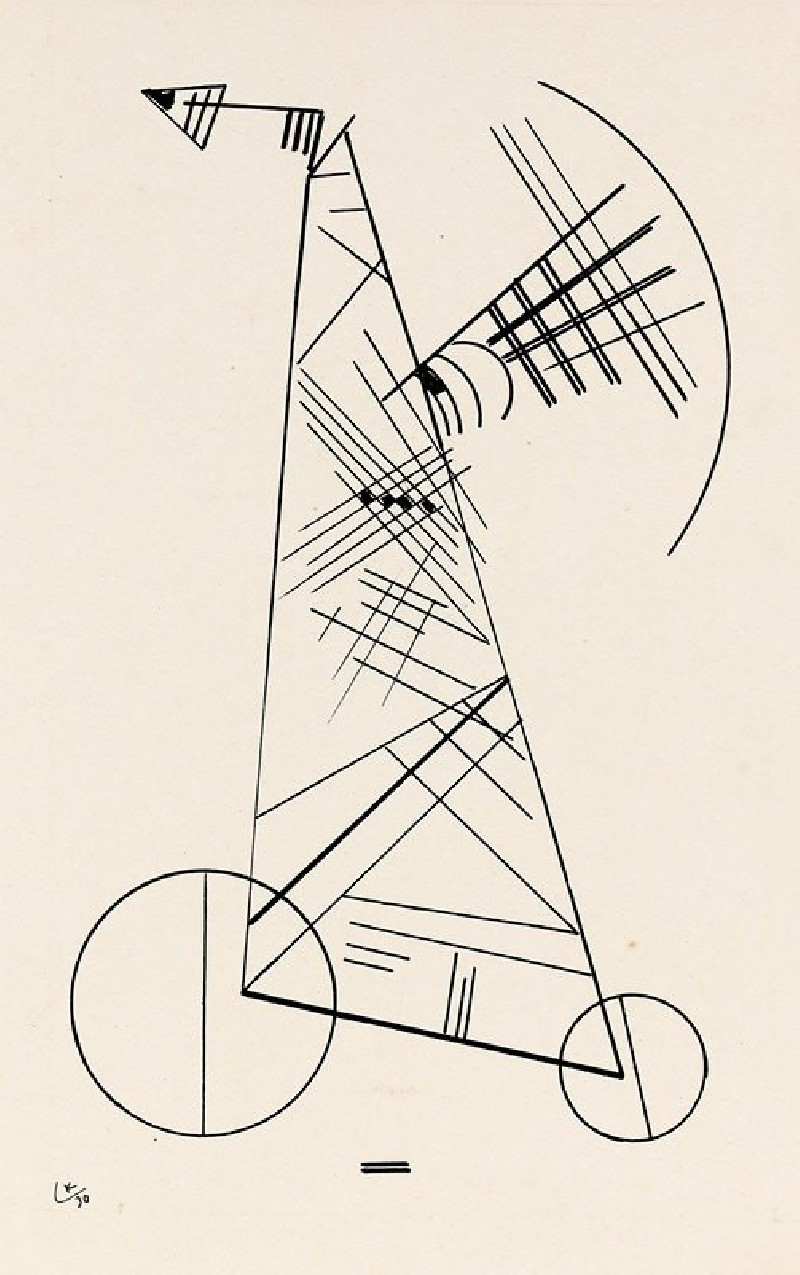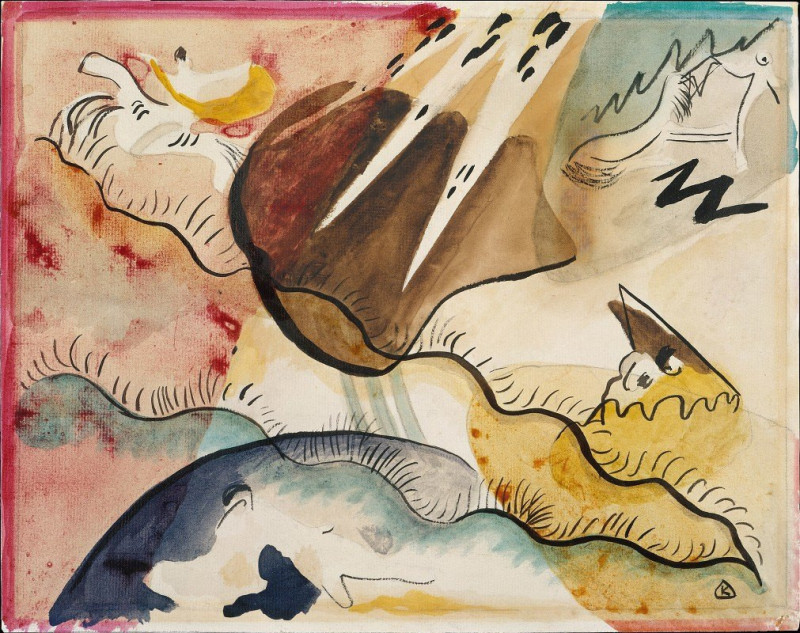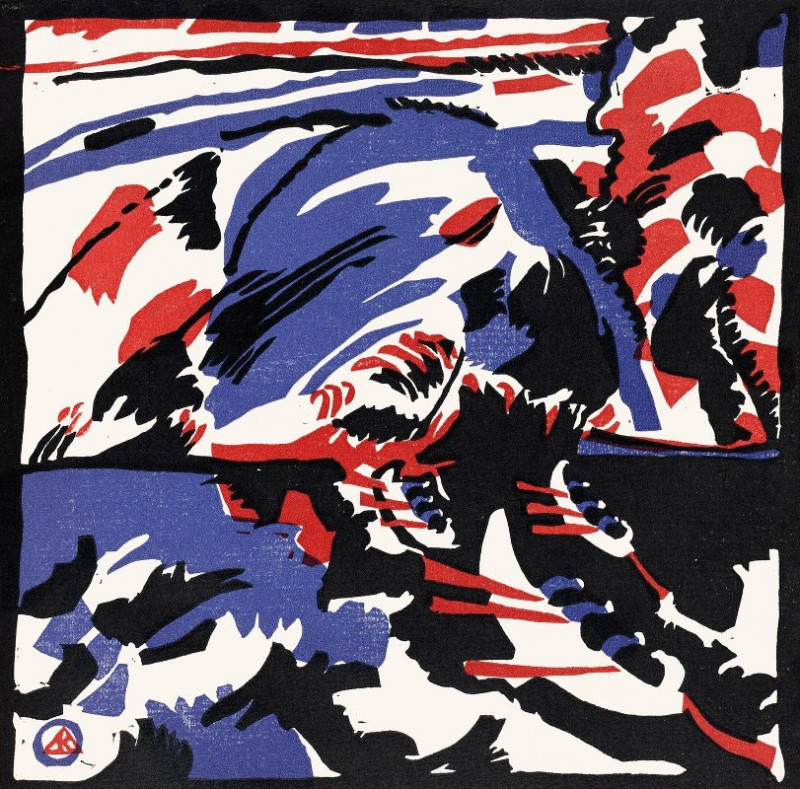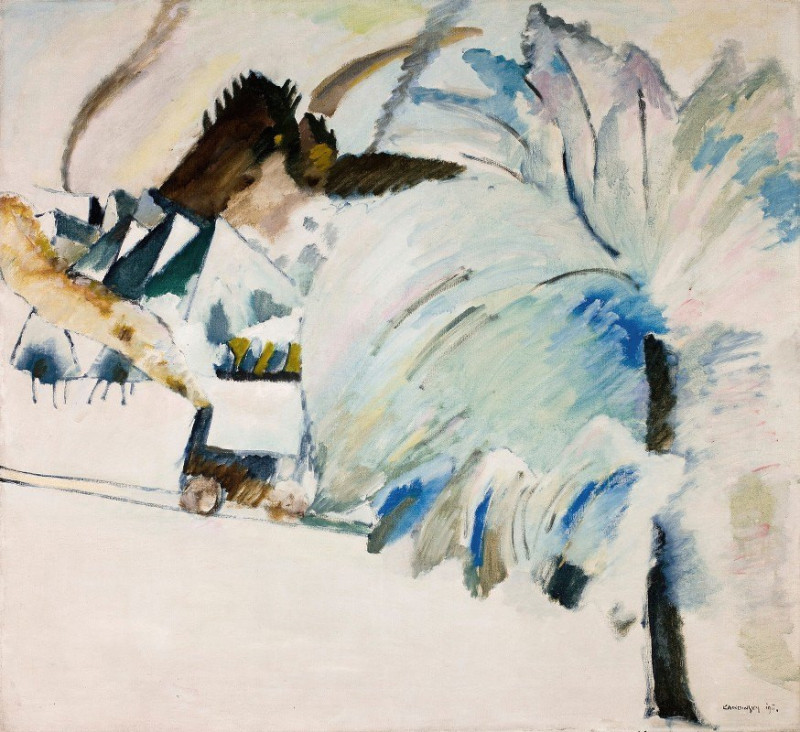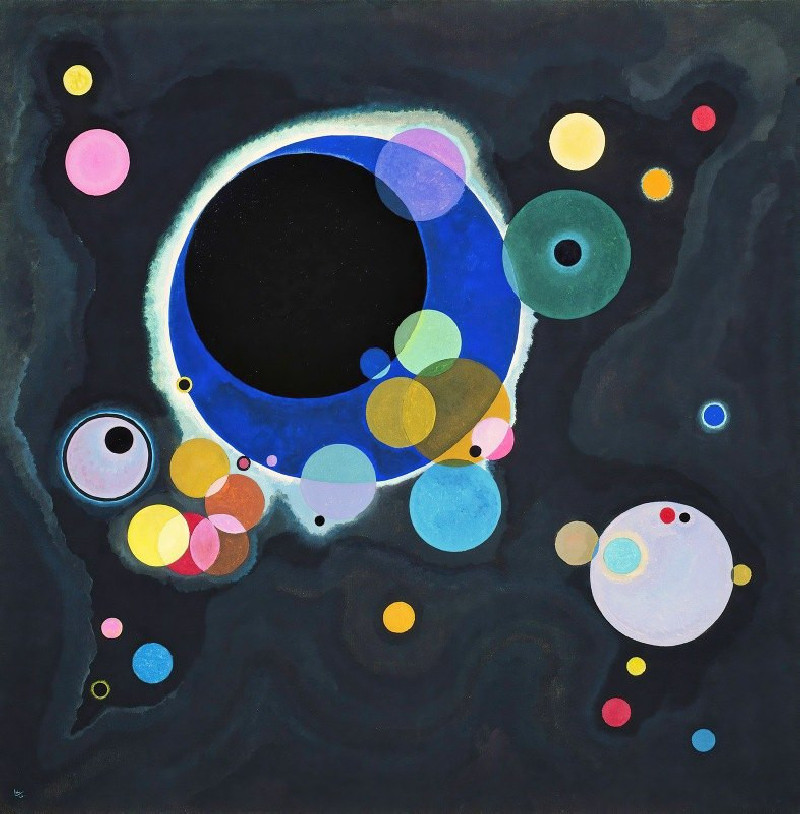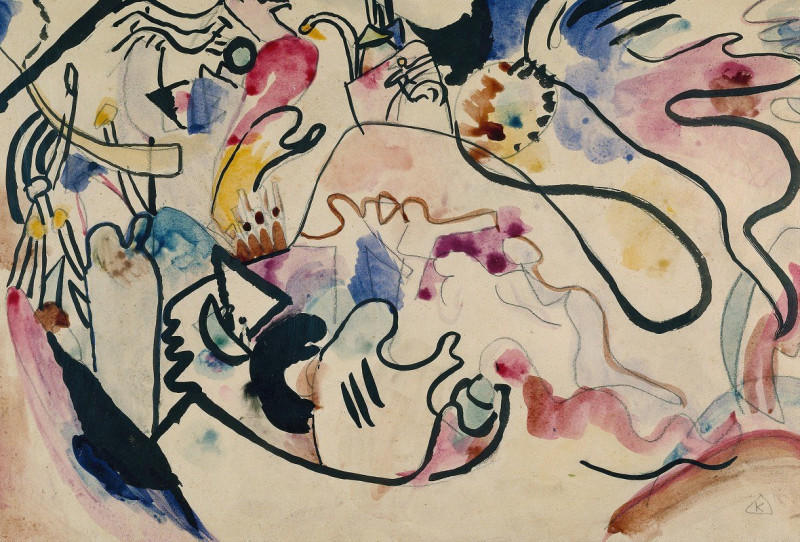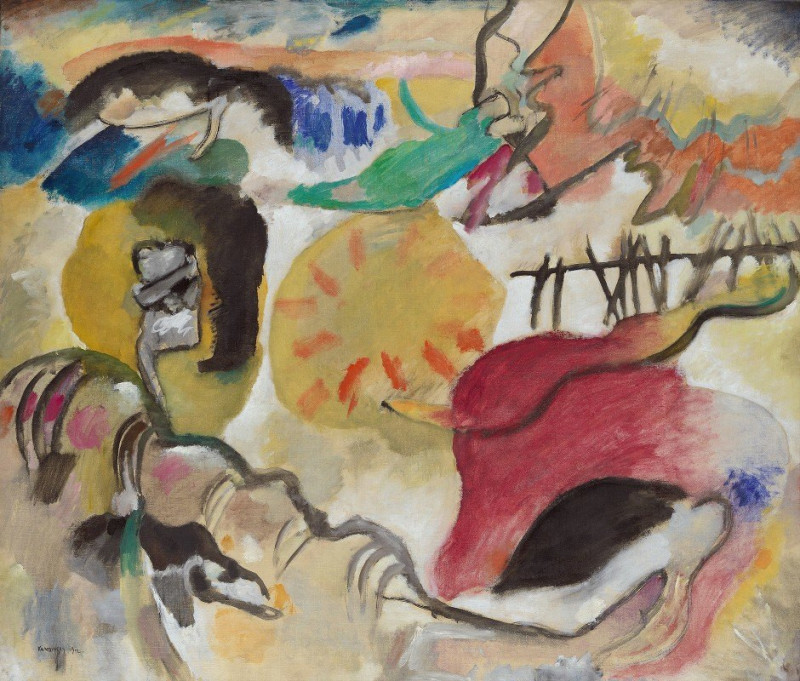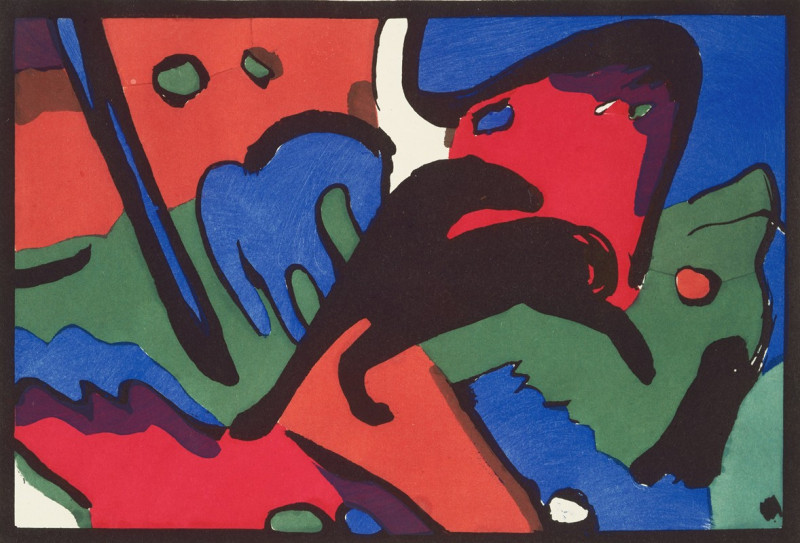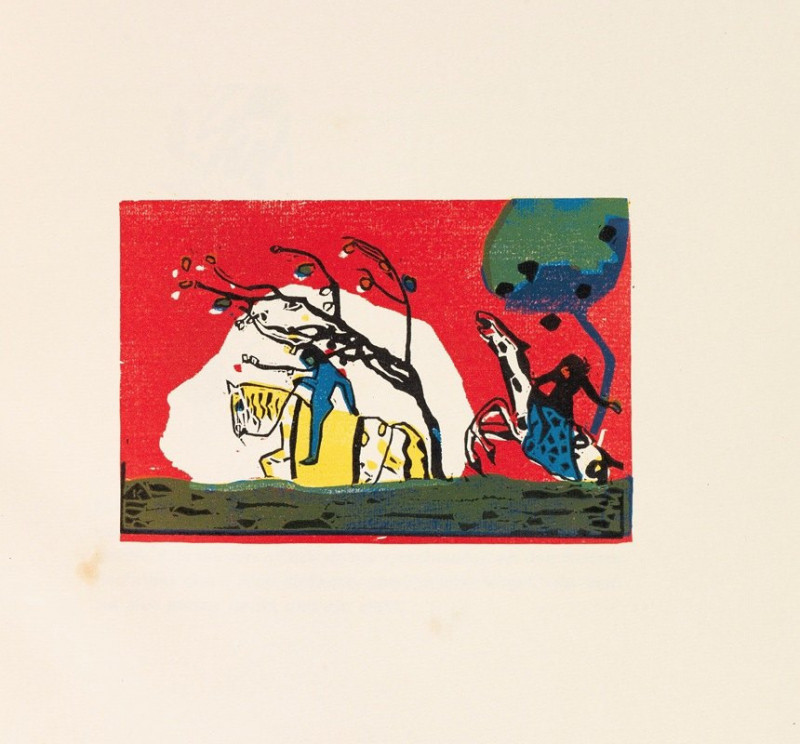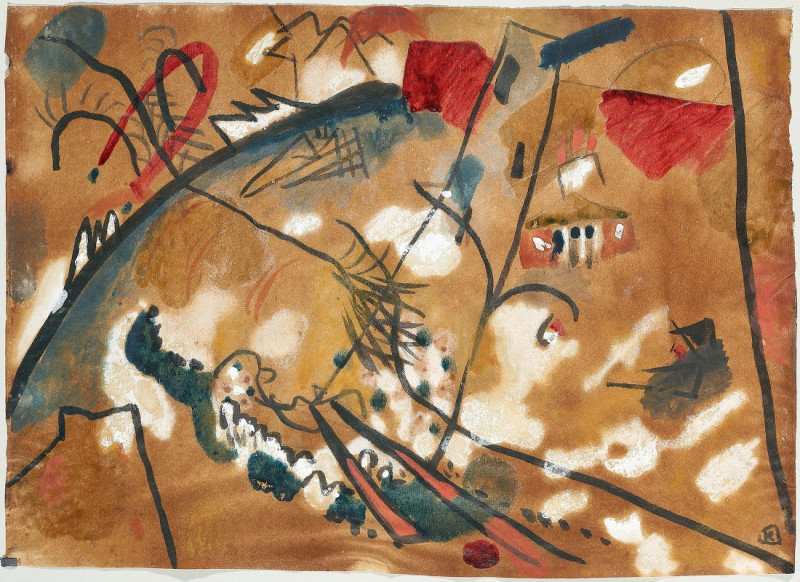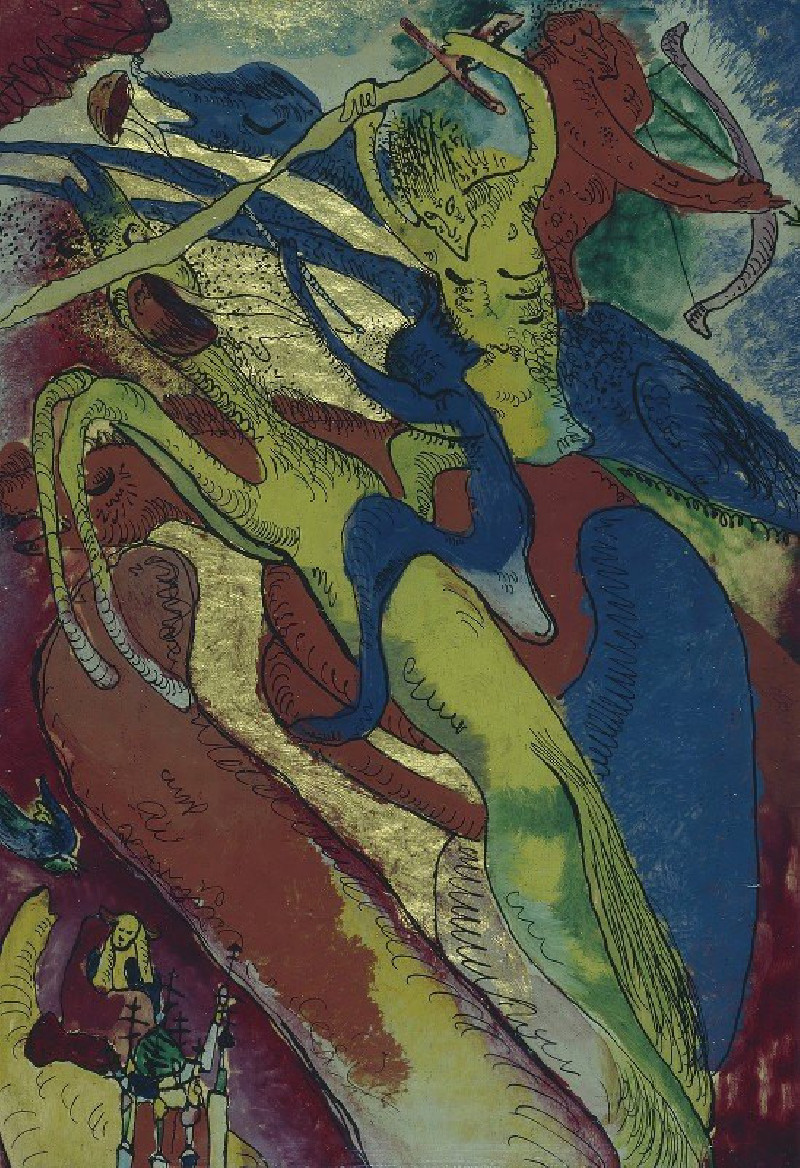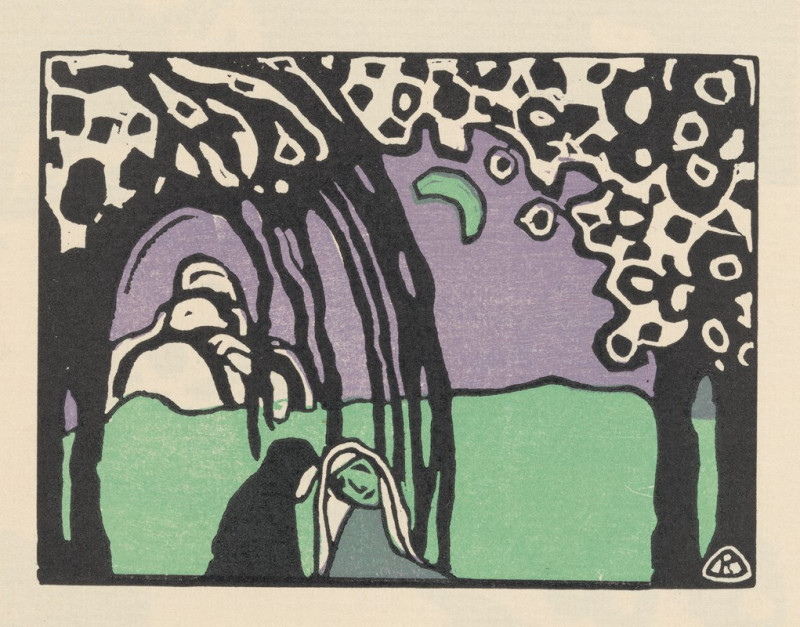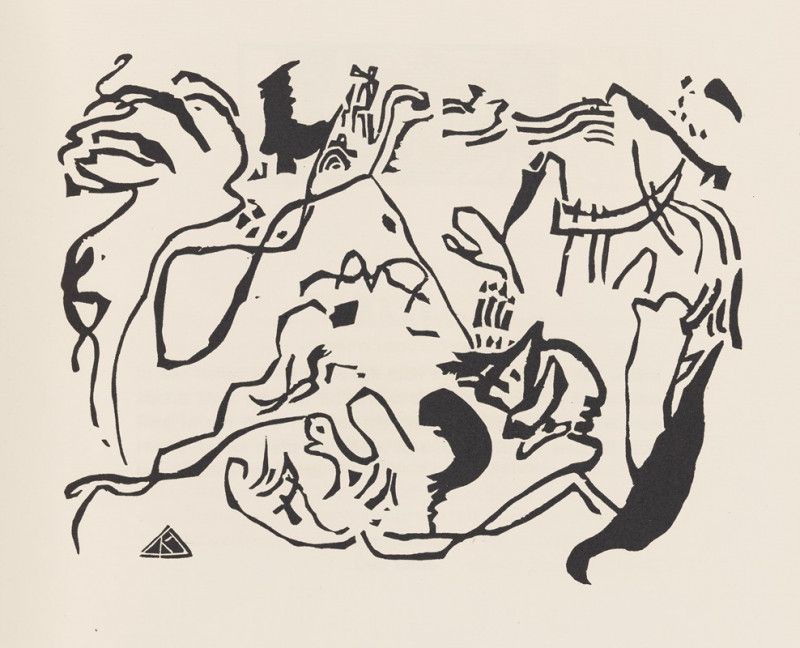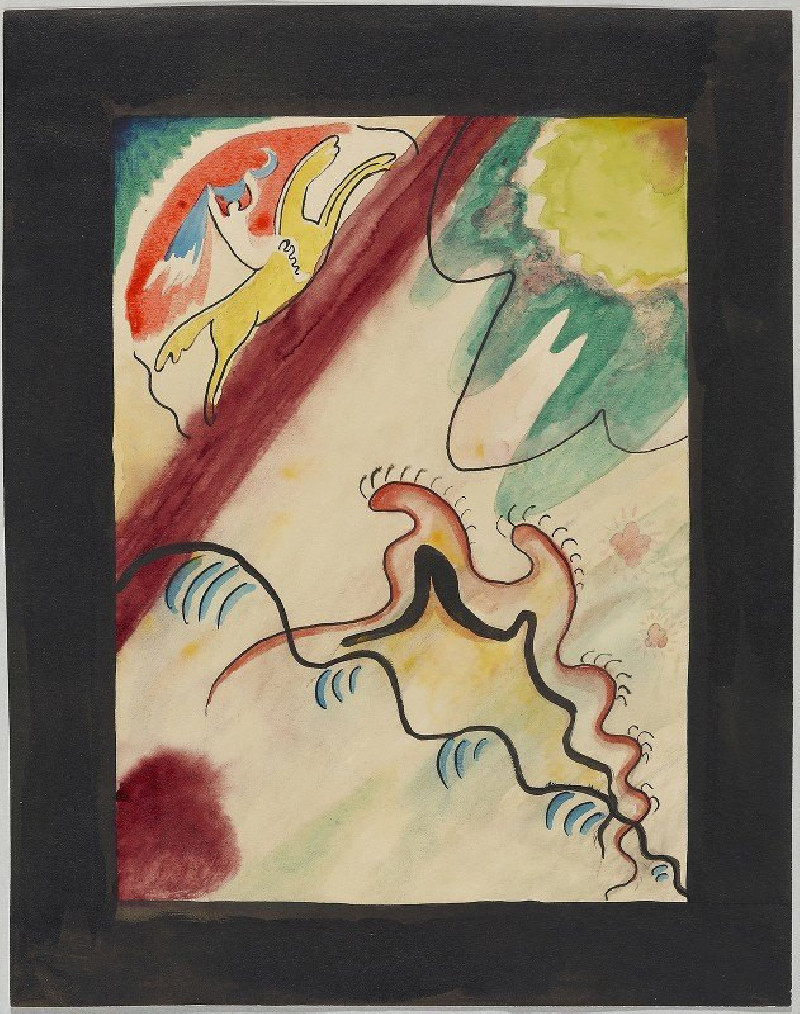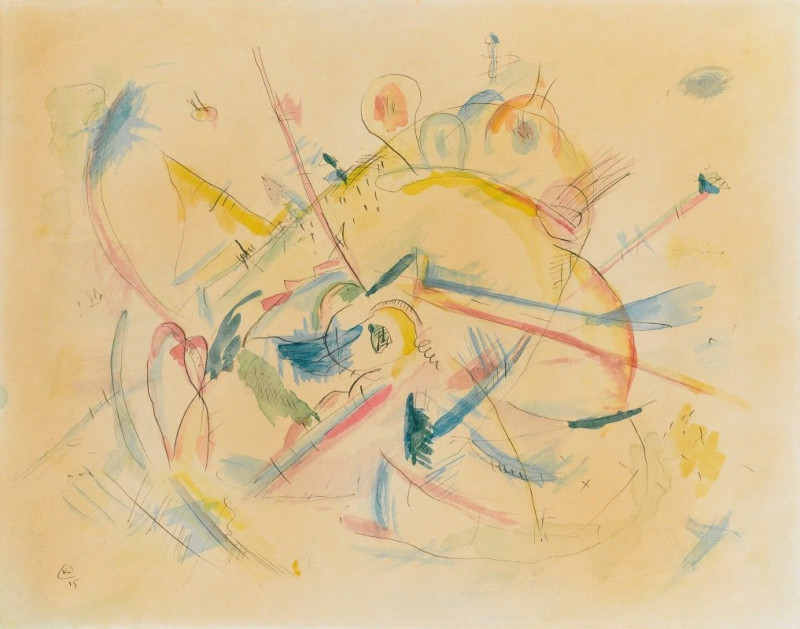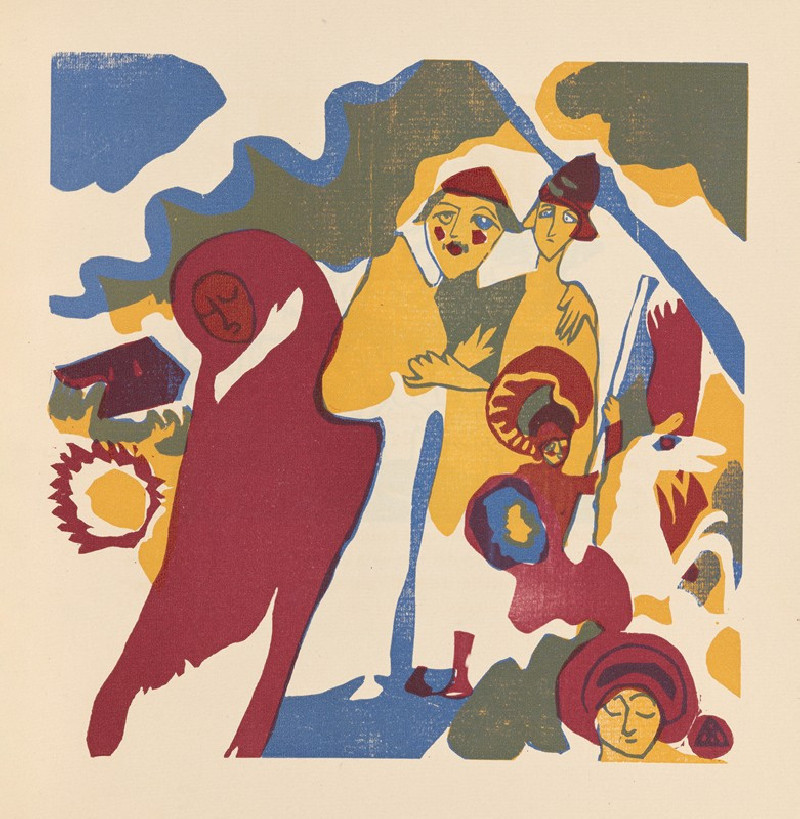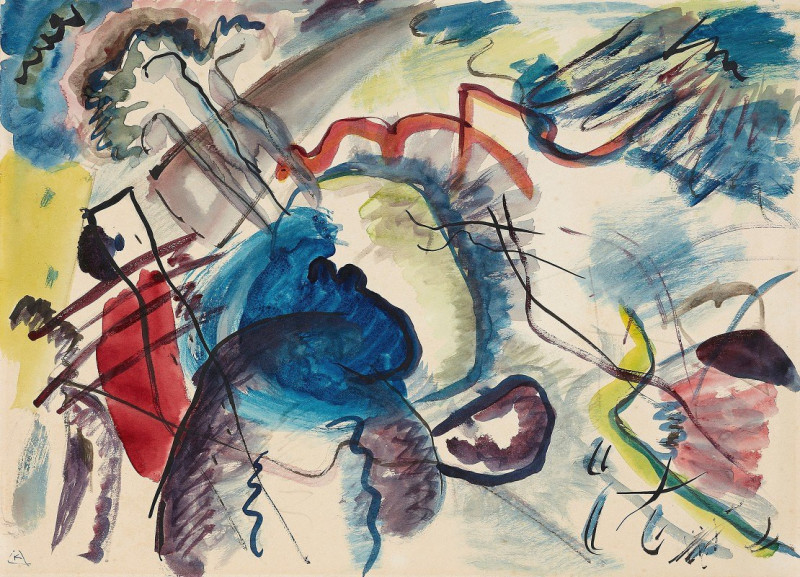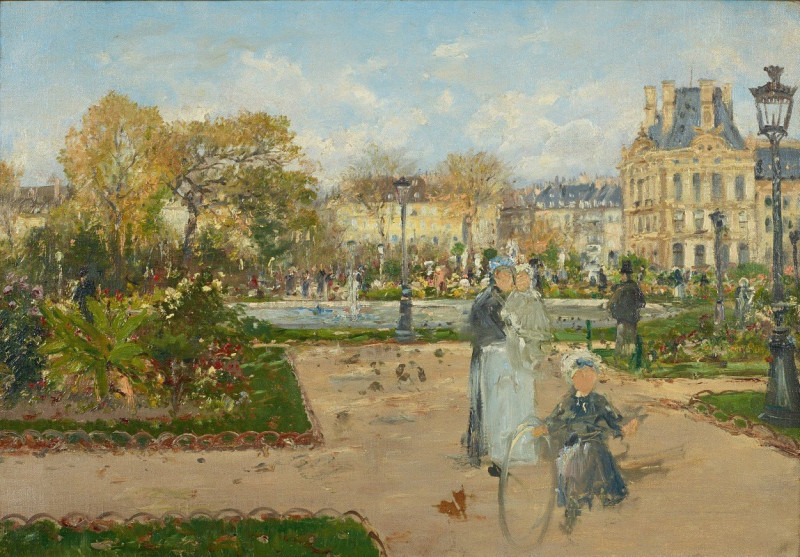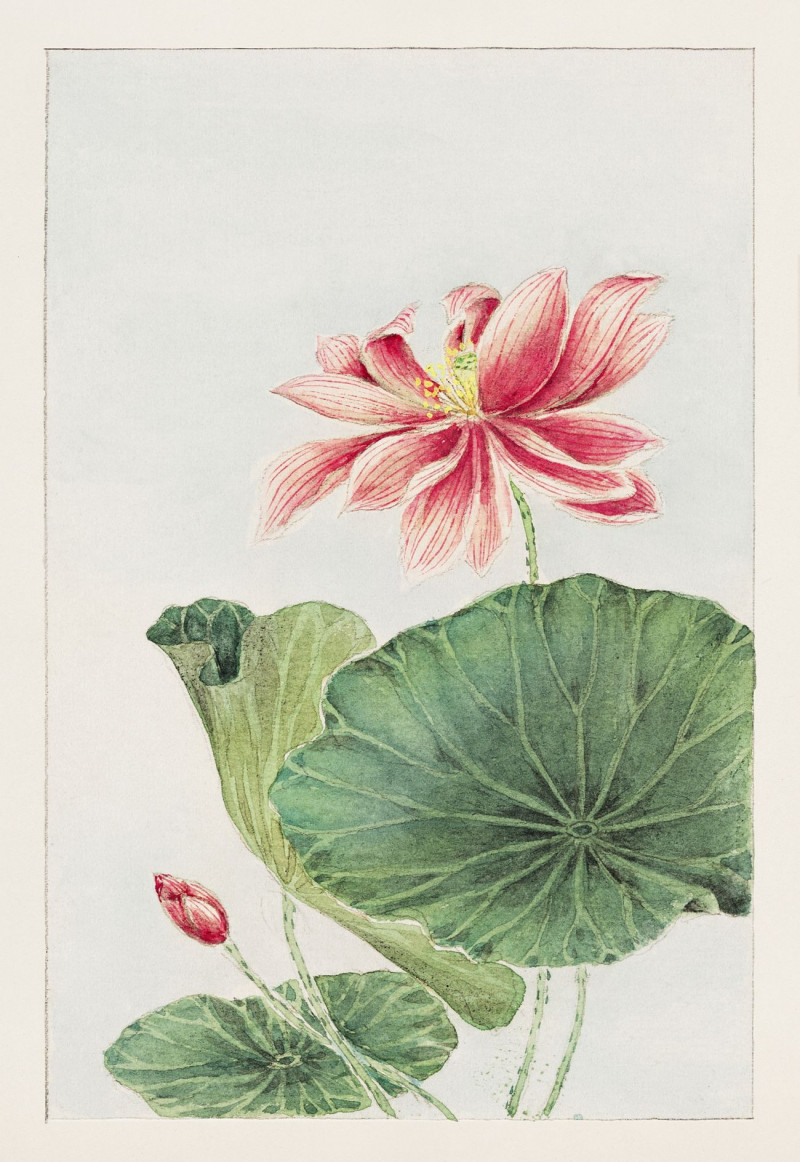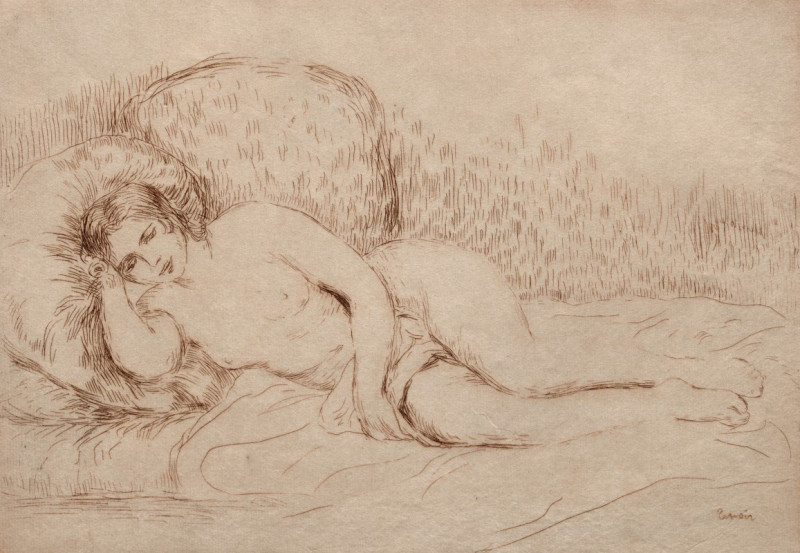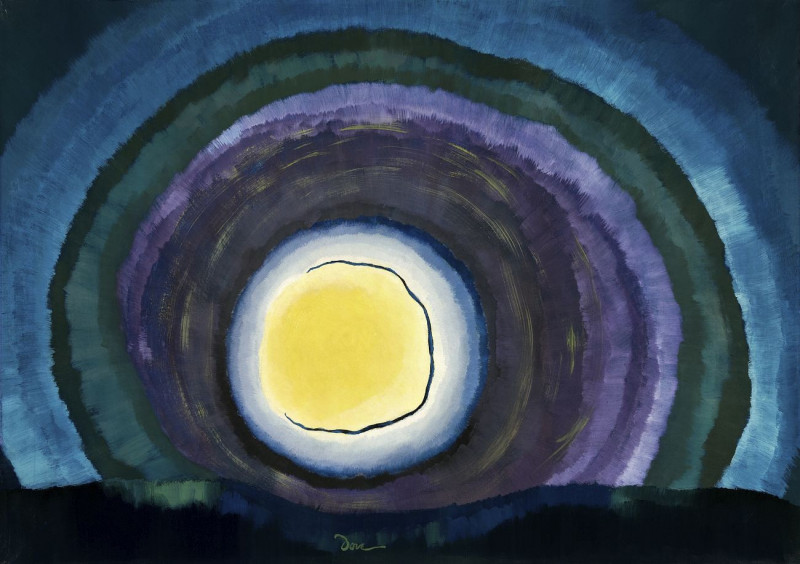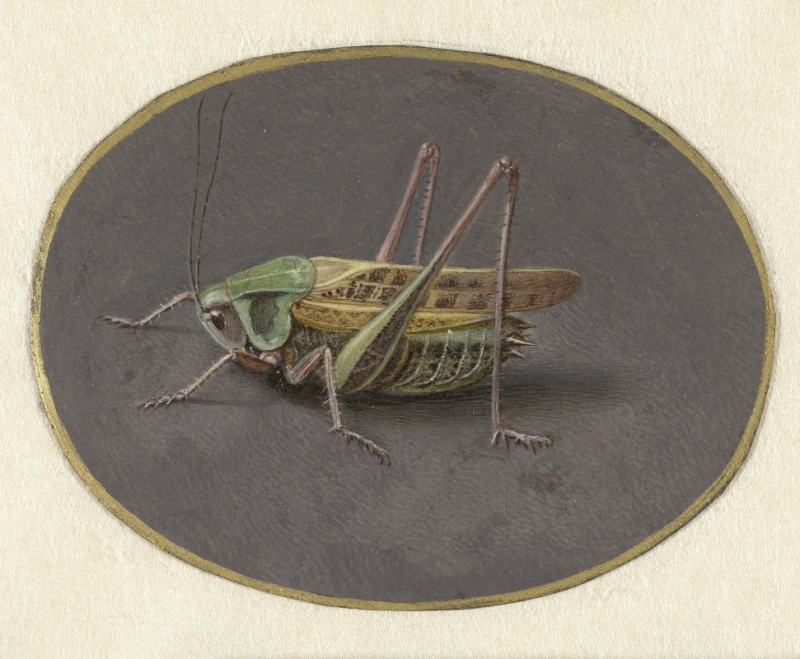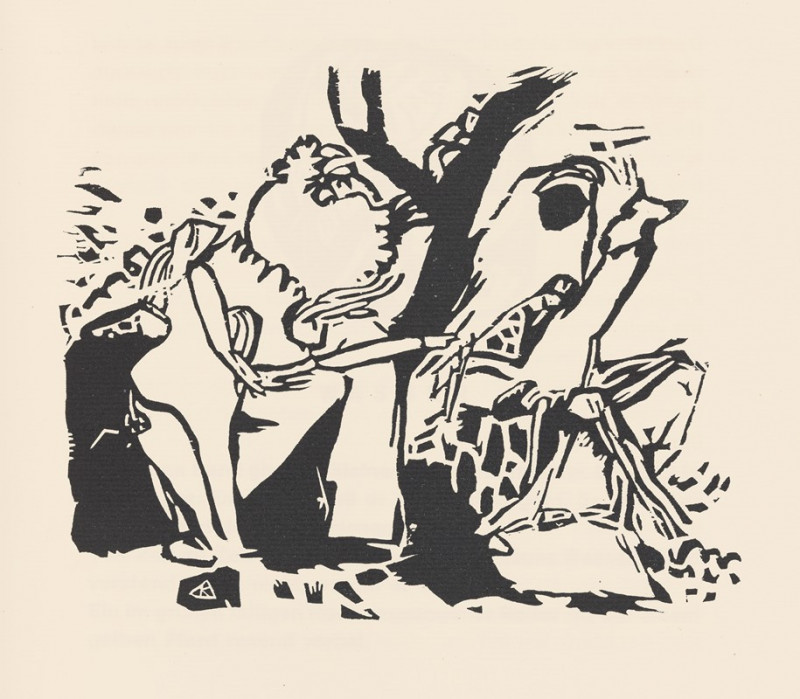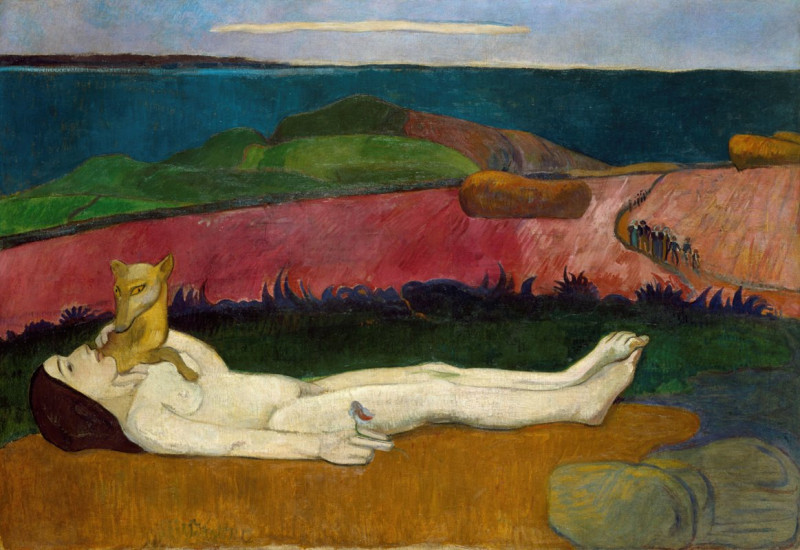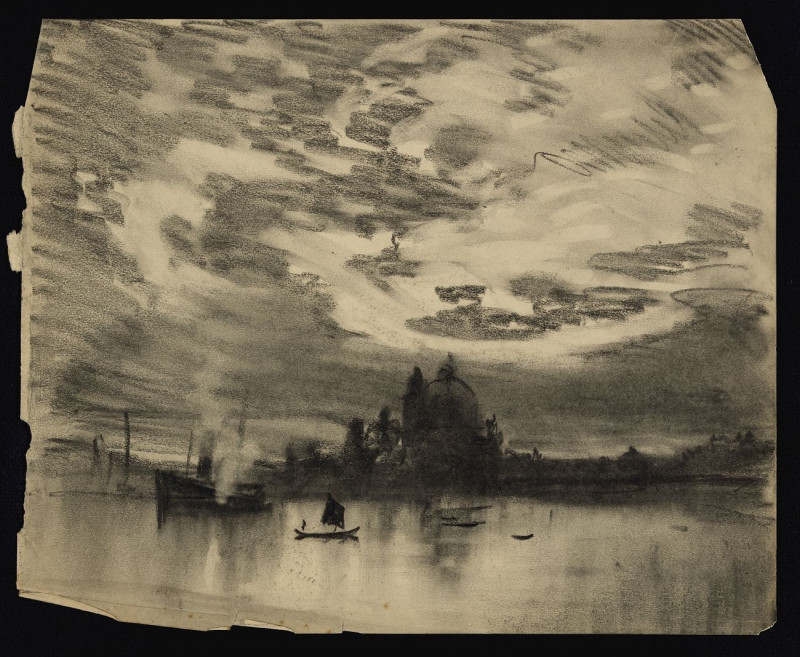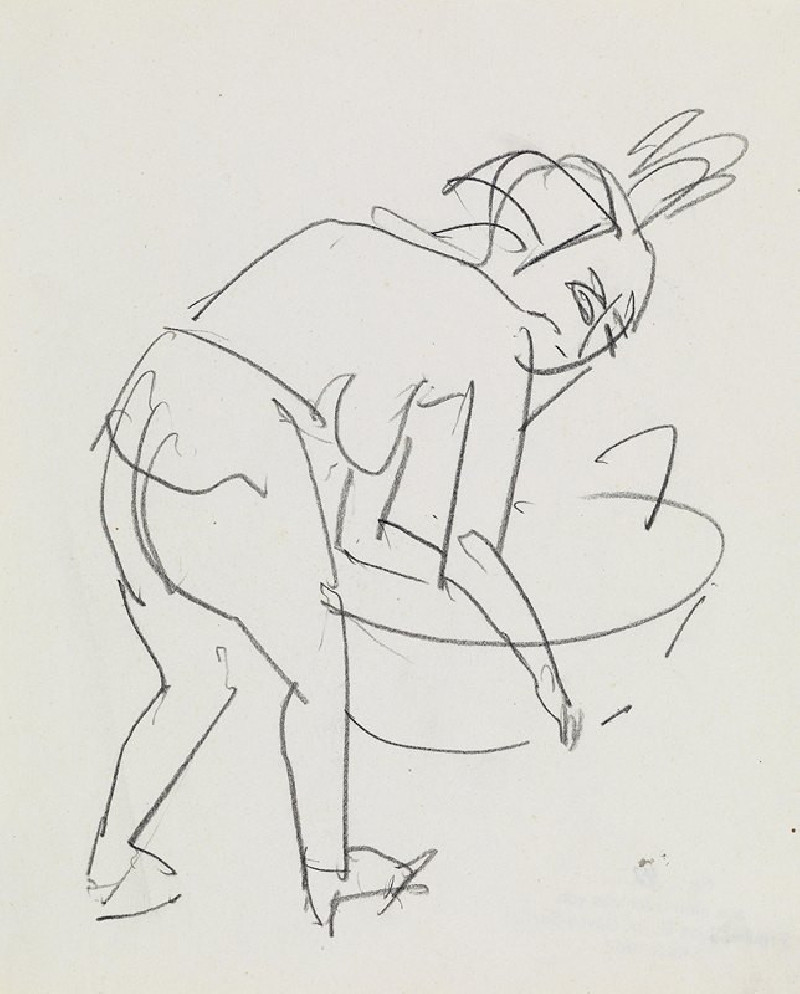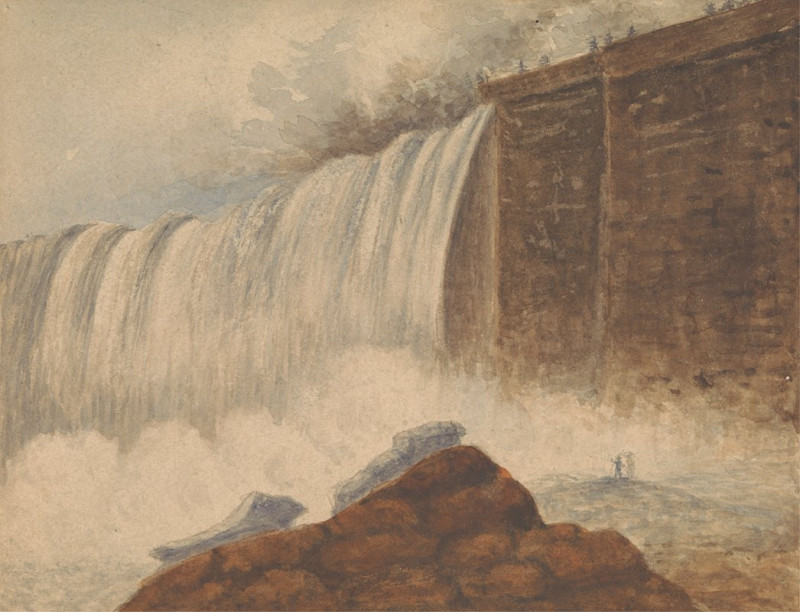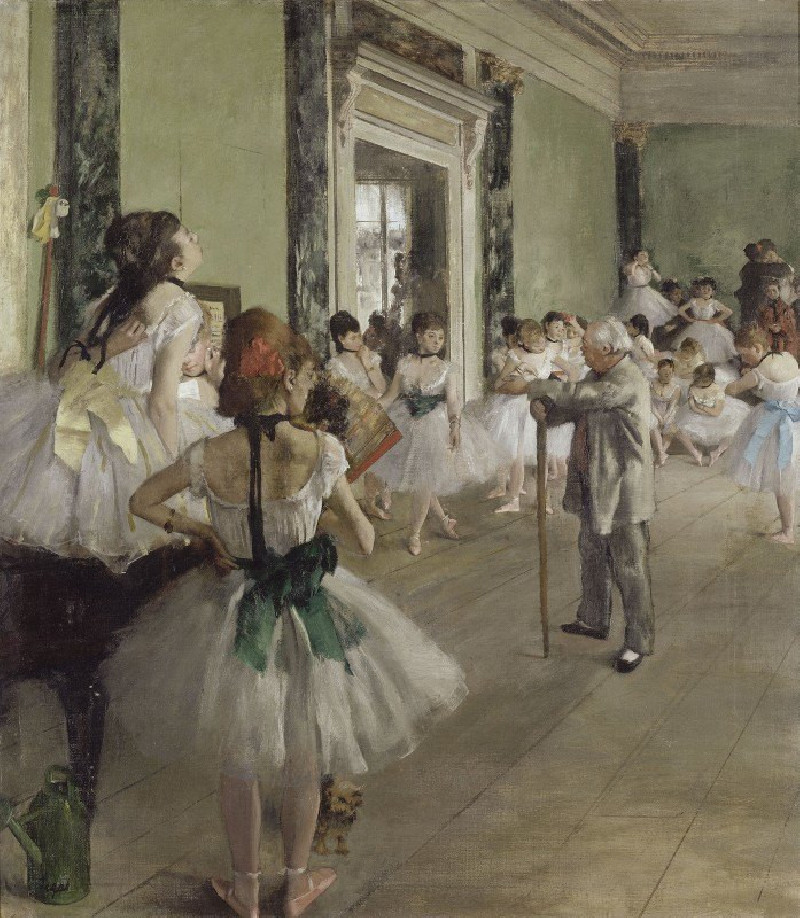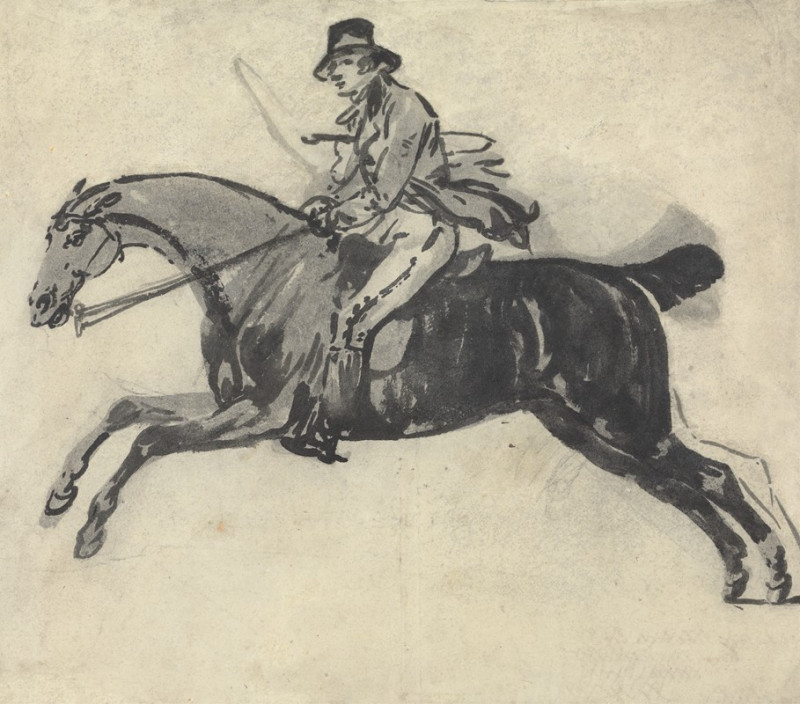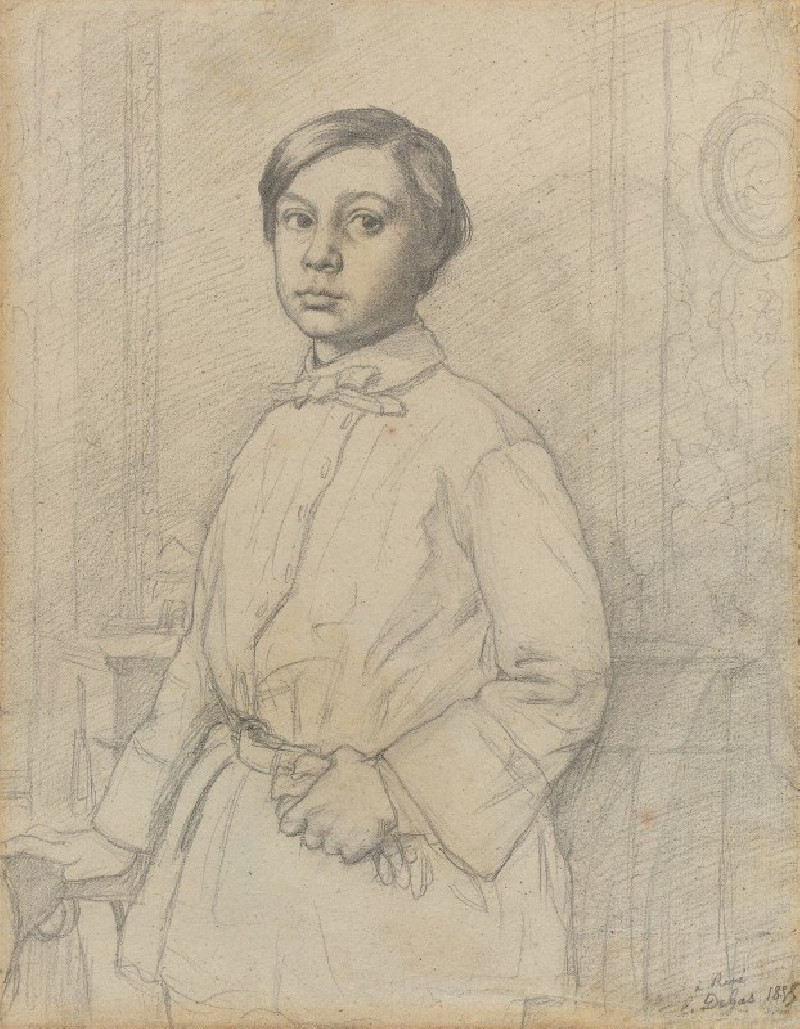Fragment 2 for Composition VII (1913)
Technique: Giclée quality print
Recommended by our customers
More about this artwork
"Fragment 2 for Composition VII" by Wassily Kandinsky, painted in 1913, is a striking example of early abstract art that showcases Kandinsky's dynamic use of color and form to evoke emotions rather than represent the physical world directly. This painting avoids typical representational imagery, instead using abstract shapes and diverse color patches to convey a sense of internal and metaphysical experiences.In the painting, you can observe a chaotic yet balanced mix of forms and lines crisscrossing and overlapping each other. The color palette is vibrant and variegated, containing bold reds, blues, greens, and some muted tones, suggesting energy and movement. These colors and shapes seem to swirl around each other, creating a dynamic interplay that could possibly represent a visual form of music or the chaos of the cosmos.Elements such as linear forms that look like strings of an instrument, or crescent shapes that might suggest celestial bodies, contribute to a sense of orchestrated disorder. Each form and line, while abstract, works harmoniously within the overall canvas, much like musical notes played together in a symphonic work. This idea aligns with Kandinsky's belief in the synesthetic connections between color and sound, which he explored deeply in his theoretical writings and art.Overall, the painting invites individual interpretation and emotional reaction, rather than providing a clear narrative or recognizable imagery, reflecting Kandinsky’s pioneering expressionist approach during this period of his career.
Delivery
Returns
Wassily Wassilyevich Kandinsky was a Russian painter and art theorist. Kandinsky is generally credited as the pioneer of abstract art. Born in Moscow, Kandinsky spent his childhood in Odessa, where he graduated at Grekov Odessa Art school. He enrolled at the University of Moscow, studying law and economics. Successful in his profession—he was offered a professorship (chair of Roman Law) at the University of Dorpat today Tartu, Estonia)—Kandinsky began painting studies (life-drawing, sketching and anatomy) at the age of 30.

